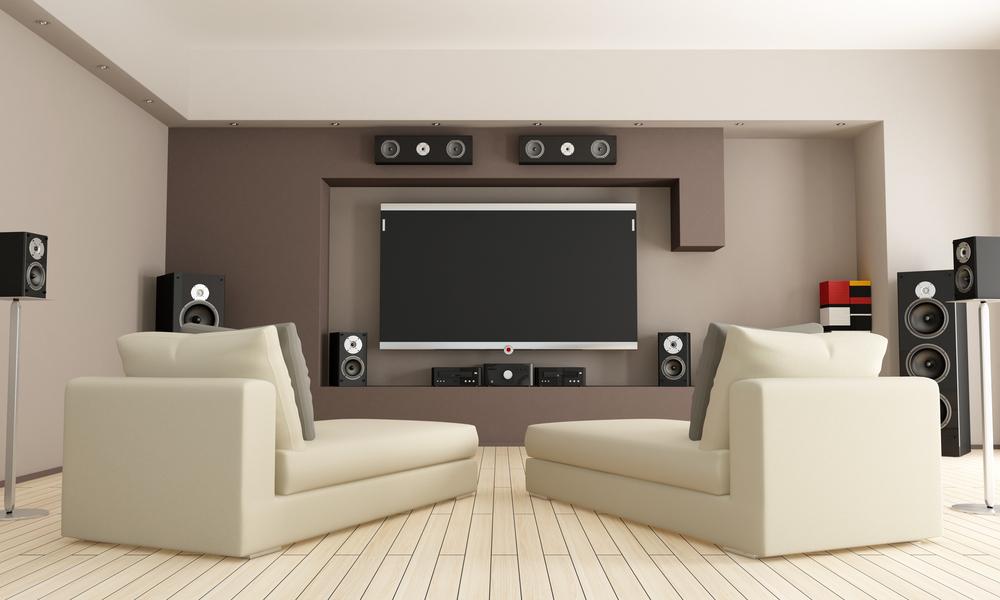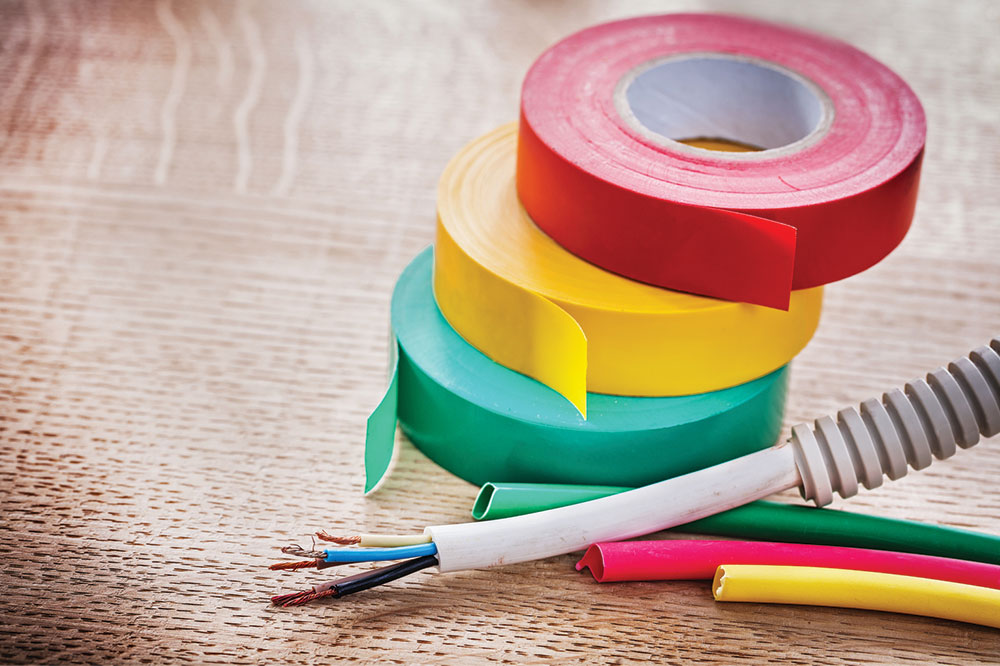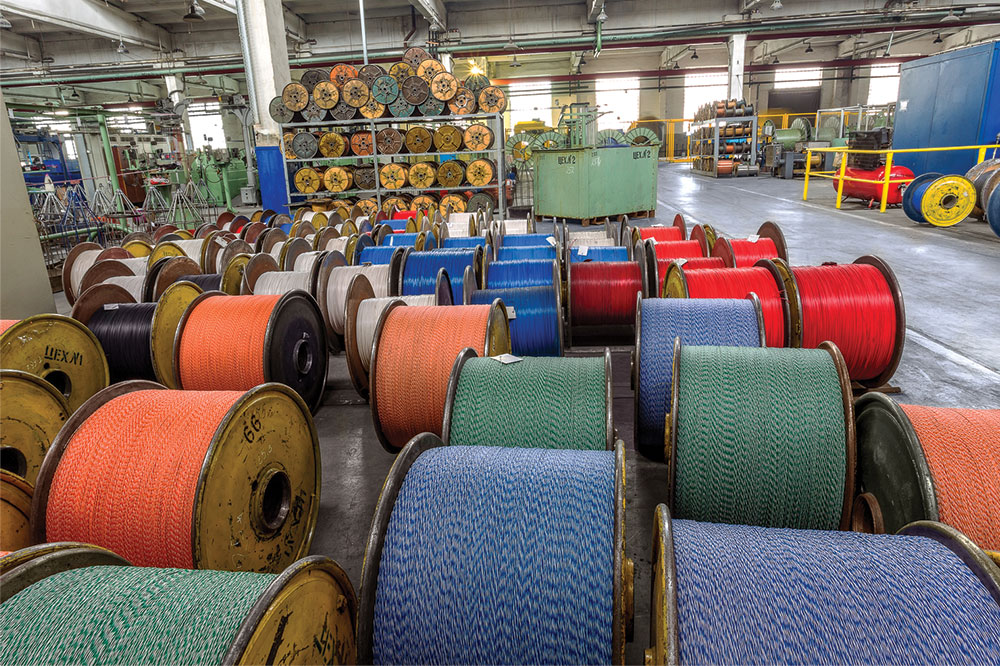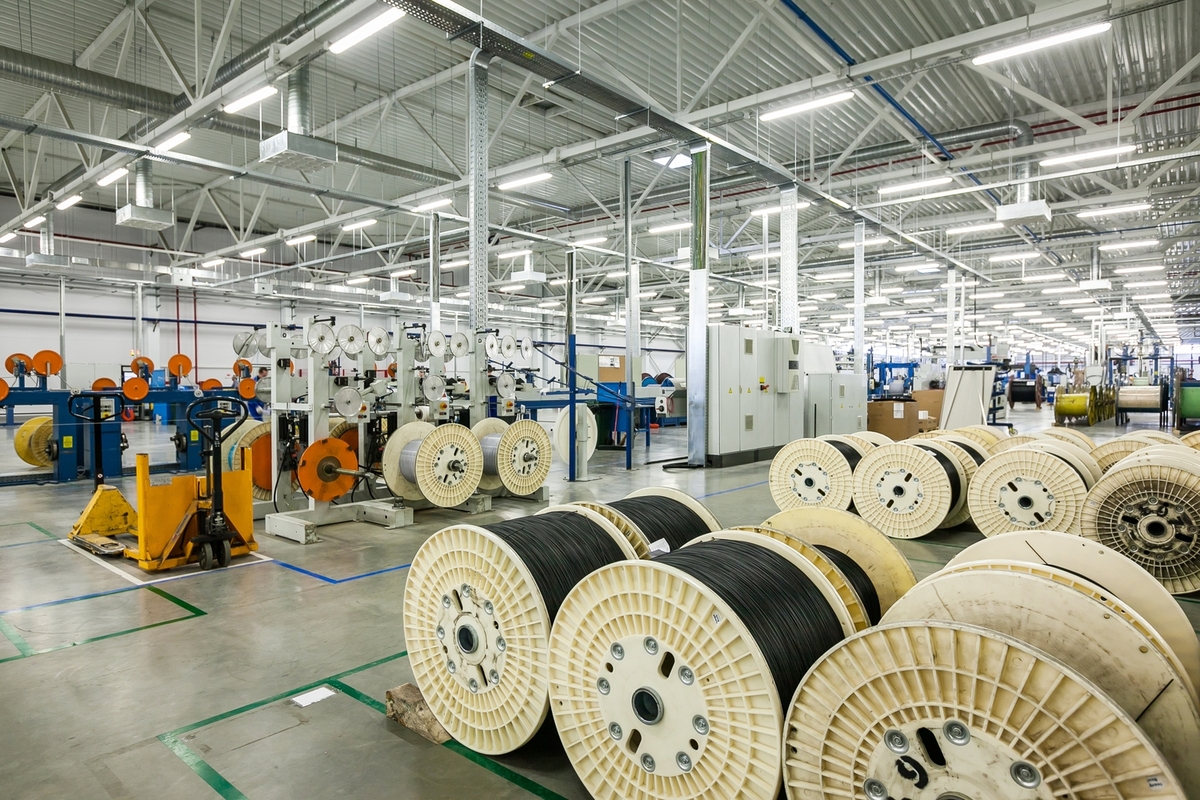Six Types of Electrical Cables and Their Uses
Explore six common types of electrical cables including underground feeders, multi-conductor, armored, NM, direct-buried, and coaxial cables. Understand their construction, uses, and suitability for various electrical applications, ensuring safe and efficient wiring solutions for residential, commercial, and outdoor environments.
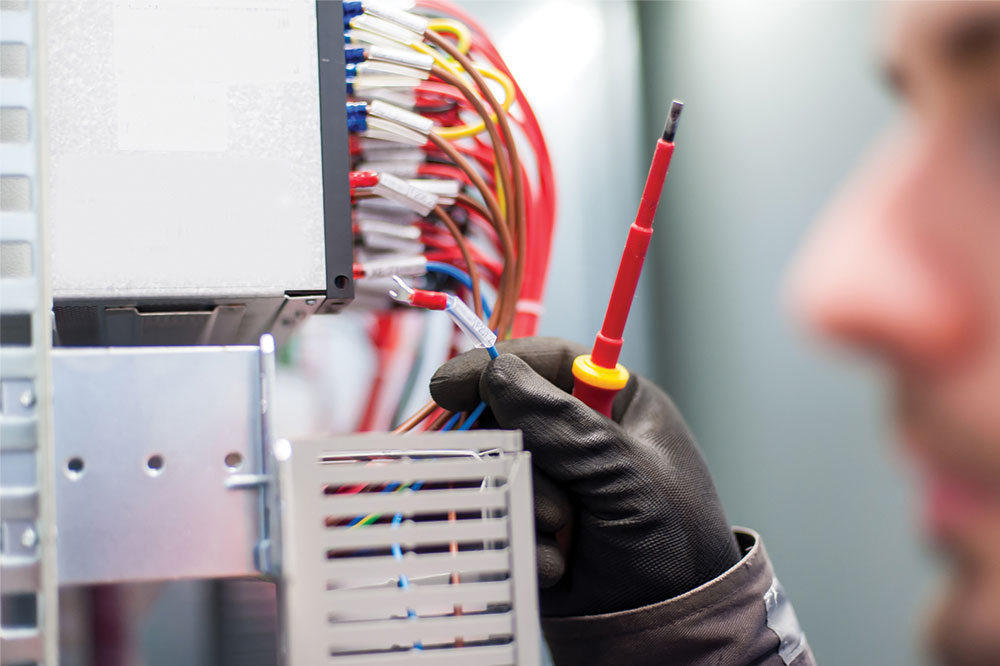
Electric cables are made up of bundled wires protected by a sheath to transmit power safely. These cables vary depending on their construction and application. Here’s an overview of some common types:
Underground Feeders (UF) Cables
These wires are grouped together and encased in flexible, water-resistant material, making them ideal for outdoor use. They are suitable for underground wiring, such as lighting and signage.
Multi-Conductor Cables
Designed with multiple insulated conductors, often used in residential electrical systems. They provide safety and convenience for various applications, including audio systems like snake cables.
Armored Cables
Enclosed in steel or aluminum sheathing, these durable cables are resistant to physical damage, making them perfect for areas prone to impacts, rodents, or fire hazards.
Nonmetallic Sheathed (NM) Cables
Containing two to four insulated wires and a grounding wire, these flexible plastic-covered cables are mainly used indoors in homes but can also be suitable for outdoor or underground use in some cases.
Direct-Buried Cables (DBC)
Designed for underground installation without additional piping, these cables feature robust rubber, water-resistant wraps, and metal sheathing. They are ideal for transmission and communication lines exposed to harsh environments.
Coaxial Cables
Primarily used for data transmission, especially in TV and internet connections. Comprising an inner conductor surrounded by insulation and a protective outer shield, they are safe for residential use, though their popularity has declined with the advent of HDMI cables.
These various cable types differ in insulation, durability, and capacity, making them suitable for specific electrical needs.

